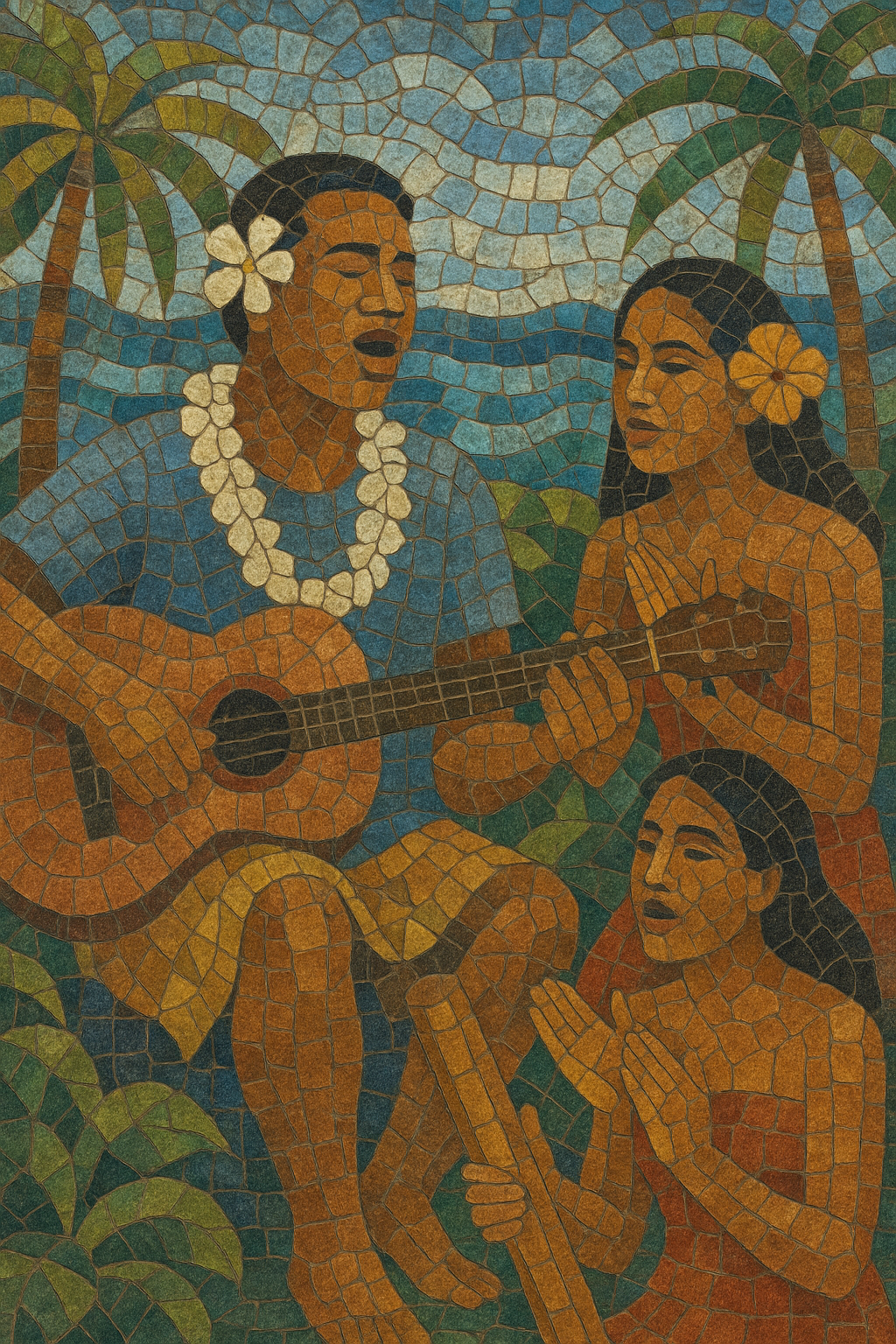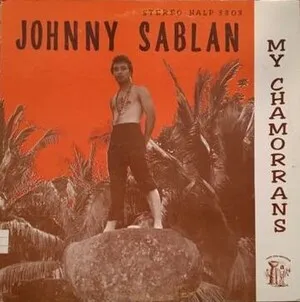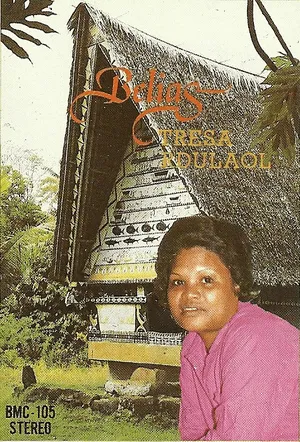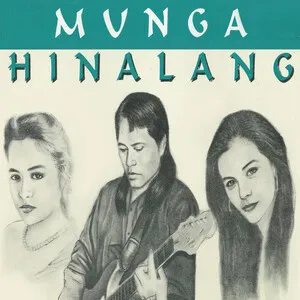
Micronesian music is a broad regional tradition encompassing the vocal and dance practices of the islands of the western and central Pacific commonly grouped as Micronesia, including the Federated States of Micronesia, the Marshall Islands, Palau, Nauru, Kiribati, Guam, and the Northern Mariana Islands. It blends deep Austronesian roots—marked by communal singing, call-and-response forms, and dance-driven rhythms—with layers of influence from Western church hymnody, choral practice, and Hawaiian string-band sounds.
Core characteristics include group-oriented singing with simple, memorable melodies; responsorial or antiphonal textures; diatonic harmonies that often favor parallel thirds and fourths; and percussive accompaniment built from body percussion, wooden sticks, or bamboo stamping tubes. In the 20th century, guitars and ukuleles became common, giving rise to island string-band aesthetics and regionally inflected forms of “island reggae.” Lyric themes frequently celebrate seafaring knowledge, village life, love, landscape and ocean, and Christian devotion, sung in local languages as well as English.
Micronesian musical traditions descend from Austronesian settlers who navigated into the region millennia ago. Music developed as an oral art tied to navigation, ritual, community labor, and dance, relying on unison and call-and-response singing, body percussion, and locally available idiophones. Each island group maintained distinct genres and dance repertoires, performed in community houses and at seasonal ceremonies.
From the 1800s onward, European and American missionaries and colonial powers introduced Christian hymnody and Western choral techniques. These influences reshaped local singing styles, added four-part harmony ideals, and encouraged church choirs. Contact with sailors and regional networks also brought Hawaiian instruments (particularly guitar and ukulele), which seeded the string-band textures that became widely loved throughout Micronesia.
Radio, schooling, and inter-island travel during the mid-20th century standardized certain hymn and choir repertoires while also circulating American and Hawaiian popular styles. Communities adapted these models into local languages and meters, creating distinctive island ballads and dance pieces. Performance remained strongly communal, with village ensembles, youth groups, and church organizations acting as key culture-bearers.
Since the late 20th century, Micronesian artists have recorded commercially and shared music through cassettes, CDs, and digital platforms. String-band songs and choral numbers coexist with island takes on reggae and pop. Diaspora communities in Hawai‘i, the U.S. mainland, and Australia help sustain and evolve the sound, while festivals and school programs in Micronesia continue to center traditional dance and community singing.
Across islands, music remains a vessel for cultural memory—honoring ancestors, navigating identity, and celebrating land and sea. Despite modernization and stylistic fusion, the communal essence, language-rich lyrics, and dance-linked performance practices continue to define Micronesian music.







